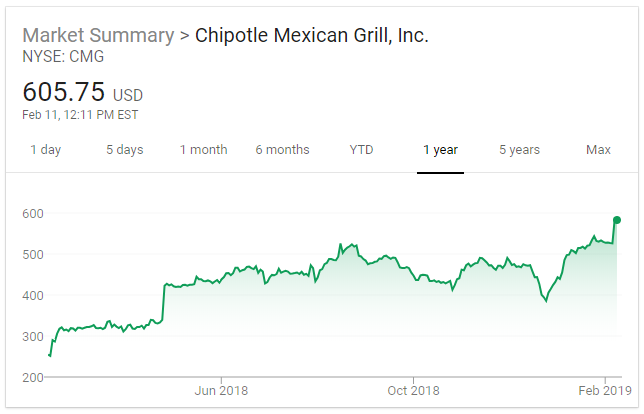There was a lot of talk on CNBC this week about the trailing 10-year returns of the S&P 500 index and what, if anything, they tell us about the duration of the current equity bull market. Interestingly, the U.S. stock market bottomed at 666 on March 6, 2009, and has since returned nearly 18% annually for a decade.
The consensus view is that periods of strong market returns are often bookended by low valuations on one side and high valuations on the other side. That is certainly the case in this instance, and I am not sure it tells us very much about the current bull market (in terms of when it loses steam). Using the intra-day bottom during the worst market environment in nearly 100 years, as a starting point, is almost assured to subsequently produce a decade of strong returns.
While we cannot use this data to predict the next bear market, it is noteworthy that the market does tend to go in cycles that last one or two decades. The last 10 years have been characterized by strong index returns, and the rise of the index fund as the go-to investment option for individual investors. But I would argue that recency bias is playing a large role in this trend.
Consider that from January 1, 2000 through December 31, 2009, the S&P 500 went from 1,469 to 1,115, a loss of 24%. Dividends made up for a lot of the decline, such that $1 invested in the index including dividends was worth 91 cents in the end, but still, that decade produced a cumulative loss of about 1% annually.
Perhaps that is why there were not nearly as many people piling into index funds 10 years ago. They work... until and unless they don't. Just as the economy and the equity market are cyclical, so to will be the popularity of index funds.
Interestingly, even Warren Buffett (arguably the greatest active portfolio manager in history) has been bitten by the index fund bug, having recommended them many times in recent years.
Side note: I think the saying "do as I do, not as I say" is fitting here. While Buffett now praises the index fund category, it is important to note how the 88 year old plans to transition his stock picking duties at Berkshire Hathaway when he is no longer around. Move all of his investments into index funds? Hardly. Instead, he has hired two hedge fund managers, Todd Combs and Ted Weschler, to take over management of Berkshire's stock portfolio. Fascinating.
So what can we expect over the coming decade for the stock market? Well, it is not exactly going out on a limb to say that returns will likely average less than +18% and more than -1%, but that is a start. After all, the coming decade is unlikely to be as good as the go-go 1990's, or as bad as the ten years immediately following them.
History would tell us that average returns will be somewhere in the single digits. I won't hazard a guess as to whether we get 3%, 5%, or 7% a year, but I think mid single digits is as good of a guess as any based on historical data. It will be interesting to see if, in such an environment, index funds remain the asset of choice, or if tastes shift to something else (and if that something else is already in the marketplace or if it has yet to be created).









